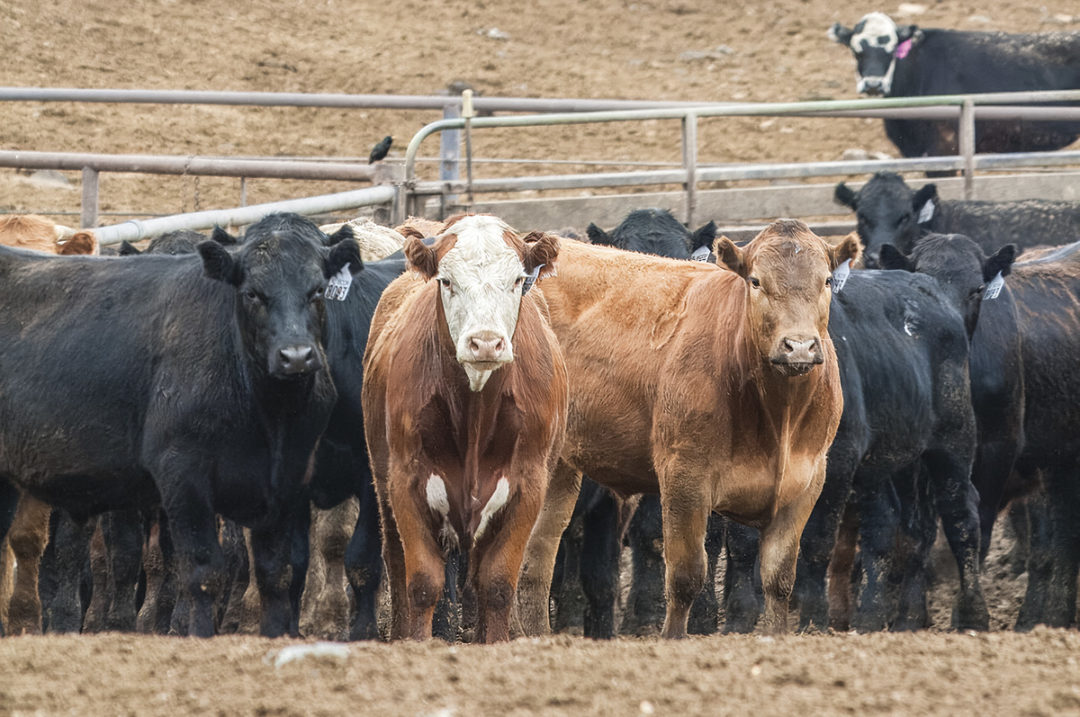The USDA’s National Agricultural Statistics Service (NASS) on Feb. 13 announced the results of the 2022 Census of Agriculture, which collected millions of data points from producers to paint a picture of American farms and ranches down to the county level. Among the most telling pieces of information are not only a continued decline in the total number of U.S. farms, but also a significant drop in total agricultural acreage since 2017, when the previous ag census was conducted.
“Census of Agriculture data tell a story,” NASS Administrator Hubert Hamer said in a statement. “This comprehensive snapshot every five years helps data users to see trends and shifts in the industry over time and helps producers do business. Overall, though there are always changes across U.S. agriculture, the data remain largely consistent with the previous ag census.”
While the number of beginning farmers has increased since the last ag census, the number of farmers over the age of 65 continues to outpace that of younger farmers. To wit, about 1.3 million farmers are now at or beyond retirement age, while just 300,000 farmers are younger than 35. This has some in the industry worried about creating an environment that encourages younger people to enter the field.
“Increased regulations, rising supply costs, lack of available labor and weather disasters have all squeezed farmers to the point that many of them find it impossible to remain economically sustainable,” Zippy Duvall, president of the American Farm Bureau Federation, said in a statement. “… We urge Congress to heed the warning signs of these latest numbers. Passing a new farm bill that addresses these challenges is the best way to help create an environment that attracts new farmers and enables families to pass their farms to the next generation.”
As expected, the census showed about a 6% drop in the total number of cattle and calves from 2017 to 2022, to just under 88 million head. However, the total number of cattle sold increased from about $77.2 billion in 2017 to some $89.4 billion in 2022, a jump of almost 16%. Other notable statistics from the 2022 ag census include:
- Nearly three-fourths of farmland was used by farms specializing in either beef cattle (40%) or oilseed and grain production (32%).
- About 38.5 million cows and heifers calved in the U.S. in 2022. Another 49.4 million animals that did not calve were included in the end-of-year inventory.
- There were 1.9 million farms and ranches (down 7% from 2017) with an average size of 463 acres (up 5%) on 880 million total acres of farmland (down 2%). This equates to about 39% of the nation’s land mass.
- Family-owned-and-operated farms accounted for 95% of all U.S. farms and operated 84% of land in farms.
- U.S. farms and ranches produced $543 billion in agricultural products, up from $389 billion in 2017. After factoring in production expenses, U.S. producers saw net cash income of $152 billion. Average farm income rose to $79,790, and 43% of farms had positive net cash farm income in 2022.
- In 2022, the value of direct-to-consumer sales climbed 16% from 2017, with 116,617 farms bringing in $3.3 billion.








